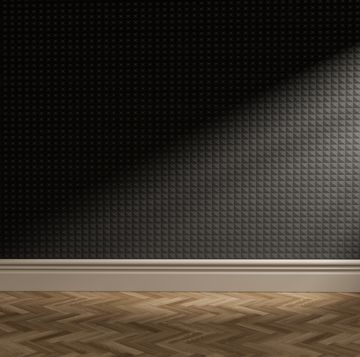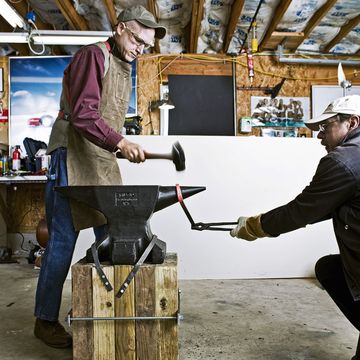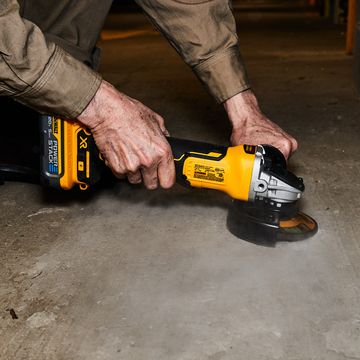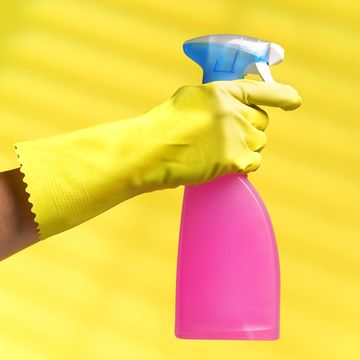7 Ways to Silence Your Squeaky Floor
Because you could use some peace and quiet.
A squeaking floor is annoying. It’s one of those building defects that just gets to you. While we typically associate creaking and squeaking floors with old houses, the problem occurs in newer homes, too. Wood shrinks and swells as humidity fluctuates with the weather, bringing on squeaking hardwood floors as the planks rub against each other or the subfloor below. Or a plywood subfloor deflects downward with the weight of a person’s step, causing the noise. Regardless of the reason, there’s no need to put up with squeaking floors indefinitely.
🔨 You love DIY projects. So do we. Let's build something cool together.
Here are seven strategies to solve the problem; all you need are common hand tools, power tools and the right materials–some of them are as simple as wood shims and glue, or a chunk of framing lumber. You probably already own most of what you need. The rest of the inexpensive supplies can be purchased online or at your nearest home center or lumberyard. When the job is done, you’ll have the satisfaction of a quieter home.
Joe is a former carpenter and cabinetmaker who writes extensively about remodeling, woodworking, and tool techniques. He has written eight books and is a contributing editor to Popular Mechanics. He also appears on the Today’s Homeowner TV show, and co-hosts the weekly Today’s Homeowner Radio Show. Joe writes from his home in Roxbury, Connecticut.
Watch Next


8 Ways to Power Your Home With Renewable Energy
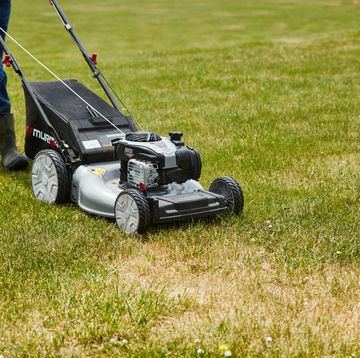
How to Fix an Ugly Lawn
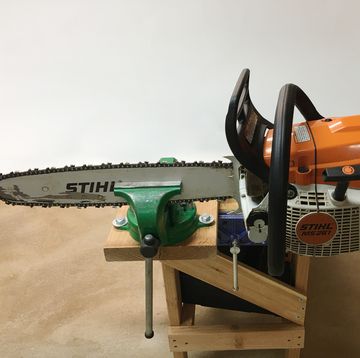
How to Sharpen Your Chainsaw Like a Pro
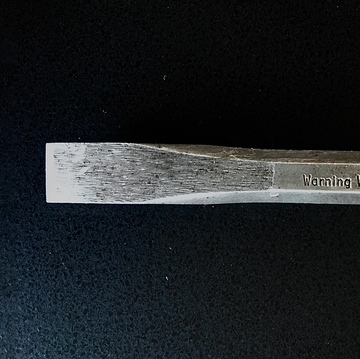
Chopping Metal is Fun With a Cold Chisel








